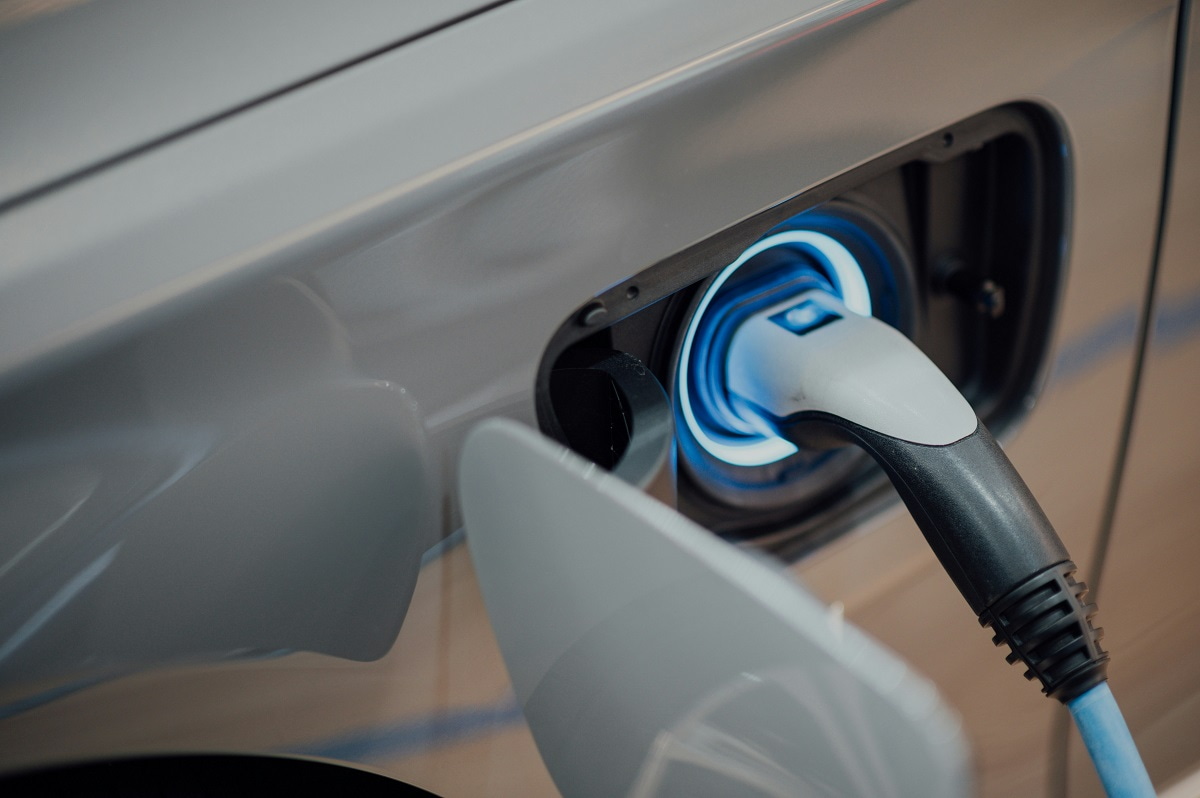Australia’s economic future has long been intertwined with fossil fuels, which still make up 20 per cent of its export earnings. Yet the latest global data tells us a new economic reality is on the horizon, one that's driven by green growth.
In this regard, the global economic paradigm has shifted dramatically over the past decade. Clean energy sectors, including manufacturing, clean power generation, and technology sales, have now started to drive global GDP growth.
Major global players are already cashing in
In 2023, clean energy contributed 10 per cent to global GDP growth, with notable impacts seen in economies such as the United States, the European Union and China, where clean energy sectors accounted for a significant portion of economic expansion.
Major economic powers such as the United States, China, and the European Union are aggressively promoting clean industries.
China’s clean energy industry now drives a substantial 40 per cent of GDP growth. The “new three” policies supporting solar, electric vehicles and battery technologies are not only helping China build twice as much wind and solar capacity as the rest of the world combined, but are also key economic drivers.
In the European Union, which boasts a strong track record of implementing climate targets and policies, clean sectors contributed one-third of the Union’s overall economic expansion in 2023. This is likely to grow as the recently re-elected EU President Ursula von der Leyen has underscored her commitment by pledging to launch a Clean Industrial Deal within the first 100 days of her term, which aims to decarbonise and bring down energy prices.
Major economic powers such as the United States, China, and the European Union are aggressively promoting clean industries, not only for their domestic growth agenda but also for robust international market penetration, particularly in regions such as Southeast Asia.
There is a strong case for Australia to pivot towards a low carbon economy to align with global trends and remain relevant and influential in global policy dialogues.

The enormous opportunity on Australia’s doorstep
Southeast Asia offers Australia a significant opportunity to advance its engagement in the green economy that is worth $300 billion annually, as the region is at a crossroads in the global economic and energy transition.
When former Assistant Minister for Climate Change Jenny McAllister addressed the Australia-Vietnam Green Economy Summit in Ho Chi Minh City earlier this year, she heralded “a new era” for Australia-Vietnam relations, marking the beginning of both countries’ respective journeys towards net zero emissions.
Australia faces intense competition in Southeast Asia, and it has some serious catching up to do.
Australia faces intense competition in Southeast Asia, and it has some serious catching up to do. While companies in the European Union, the United States and China have been actively exploring and investing in Southeast Asian markets, Australia has only recently begun to tap into this potential.
As an example, of the 358 operational solar and wind projects in Mekong countries (including Cambodia, Laos, Myanmar, Thailand and Vietnam), just two are associated with Australian investors and developers.
In contrast, Chinese companies and investors are involved in 30 projects, and EU member countries are participating in 51. The United States has six operational projects, but has an additional pipeline of 20 in development, whereas the figure for Australia is only one.
Government and businesses need to catch up
Recent diplomatic efforts, such as the Southeast Asia Economic Strategy to 2040, and Australia establishing green economy agreements with nations such as Singapore, signal progress.
However, realising the full potential of green sectors in emerging markets hinges on clear policy frameworks that reduce investor risk. This requires the Australian government to collaborate closely with businesses, and leverage policy, technical support, and financing to drive meaningful change.
While Australia’s policies are heading in the right direction, attempting to engage in the accelerating global green economy requires more effort to align international climate diplomacy, trade policies and foreign policies – including international development.
For example, the newly established international “landing pads” in Indonesia, Singapore and Vietnam will help to advance Australia’s trade and investment into the region by providing business support services to Australian companies. However, to further enable finance and trade flow in the region, the Australian government should engage in technical assistance programs and climate and energy dialogues to remove barriers stemming from incoherent energy, industry, trade and market policies. Such moves will be key to reducing project risks and increasing project financial viability.
Australian businesses can also play a more proactive role in promoting their expertise across Southeast Asia, and building a strong coalition. The Australian Chambers of Commerce across the region can showcase the nation’s capabilities in clean energy sectors and call for policy reforms through targeted business advocacy campaigns.
Australia has the capacity and opportunity to thrive in a net zero world. It is not too late for the country to claim its green economy share by strengthening its climate ambition at home and regionally. However, the competition is fierce, and the clock is ticking. Major global players are making moves now. Australia cannot afford to waste another minute.

